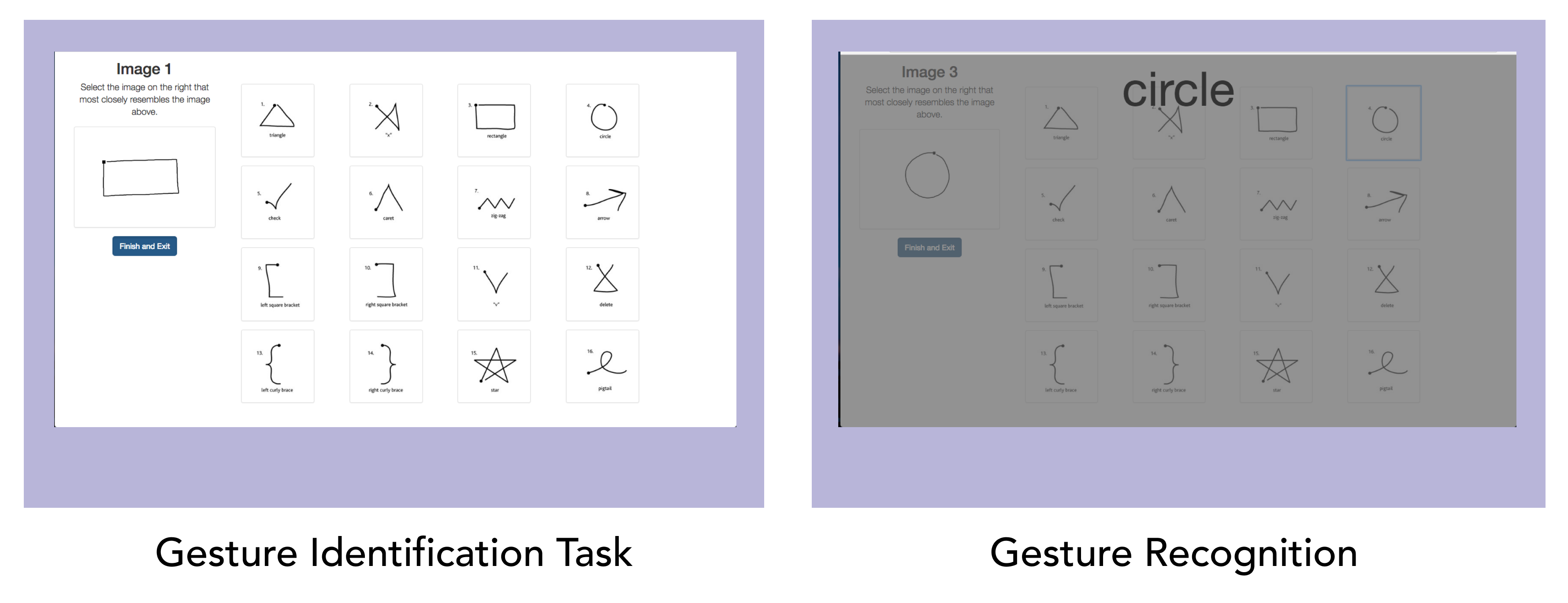
How do we prototype for 3D gestures?
Designers and researchers often rely on simple gesture recognizers like Wobbrock et al.’s $1 for rapid user interface prototypes. They do so because its 16 gestures are well-established, well-studied, and therefore provide a good baseline. Most existing recognizers aren’t sufficient because:
- Limited to a particular input modality
- Have a pre-trained set of gestures
- Cannot be easily combined with other recognizers
Simply put, the process of creating prototypes that employ advanced touch and mid-air gestures still requires significant technical experience and programming skills.

